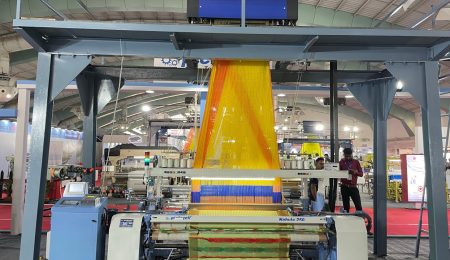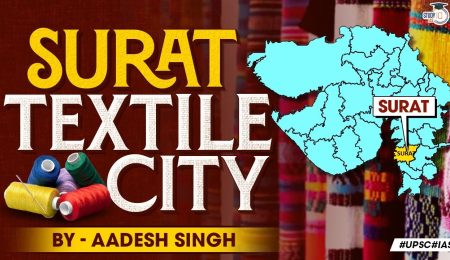The rise and fall of Mumbai’s textile industry is a story of tremendous growth followed by dramatic decline, with significant consequences for the city’s social and economic fabric. Central to this narrative is the figure of Dr. Datta Samant, a charismatic leader whose actions played a pivotal role in the industry’s downfall.
The Genesis of Mumbai’s Textile Industry
The foundation of Mumbai’s textile industry was laid in 1856 with the establishment of the Bombay Spinning and Weaving Company in Tardeo. This marked the beginning of a booming industry that saw the setup of 10 cotton mills by 1865, employing over 6,500 workers. By 1900, Mumbai boasted 136 mills, driven by government incentives such as long-term leases. These mills stimulated economic growth and provided substantial employment, transforming Mumbai into an industrial hub.
The Owners and the Workforce
The mills were predominantly owned by former traders and prominent families such as the Tatas, Petits, Wadias, Currimbhoys, Thakerseys, Sassoons, Khataus, Goculdas, Cottons, and Greaves. The workforce was primarily composed of migrants from surrounding regions, including a significant number of Kolis. These workers were housed in chawls, a type of housing provided by mill owners, in areas like Tardeo, Byculla, Mazgaon, Reay Road, Lalbaug, Parel, Naigaum, Sewri, Worli, and Prabhadevi. Collectively, these areas became known as Girangaon, or “the village of mills.”
The Role of Dr. Datta Samant
Dr. Datta Samant, a prominent labor leader, emerged as a significant figure in the late 20th century. He led the 1982-83 strike involving 247,189 mill workers, which effectively brought Mumbai to a standstill. This strike was one of the largest and most prolonged industrial actions in India’s history, and it was aimed at securing better wages and working conditions for the workers.
Samant’s leadership and the strike had far-reaching implications. While the strike highlighted the workers’ plight and drew national attention, it also had unintended consequences. The prolonged industrial action severely disrupted the operations of the mills, leading to substantial financial losses. Many mill owners, already struggling with outdated machinery and declining profitability, found it increasingly difficult to sustain operations.
The Decline of Girangaon
Girangaon, once the heart of Mumbai’s textile industry, began to decline following the strike. The mills, which had significantly contributed to Mumbai’s growth and prosperity, started shutting down. By the early 2000s, most of the mills were deemed unprofitable and were closed, as owners declared their inability to pay workers’ wages.
The closure of the mills had a profound impact on the workers and their communities. The unique culture and close-knit community of Girangaon gradually dissipated as workers lost their jobs and moved away in search of other employment opportunities. The area, which had once been a bustling center of industrial activity, became a symbol of urban decay and economic decline.
The Aftermath
The downfall of Mumbai’s textile industry marked the end of an era. The economic landscape of the city transformed, with a shift towards service industries and real estate. The land once occupied by mills was repurposed for commercial and residential developments, altering the city’s skyline.
Dr. Datta Samant’s role in the industry’s decline remains a topic of debate. While some view him as a hero who fought for workers’ rights, others criticize him for the economic disruption and job losses that followed the strike. Regardless of the perspective, his impact on Mumbai’s textile industry is undeniable.
The story of Mumbai’s textile industry is a complex interplay of economic growth, labor struggles, and industrial decline. The rise of the mills brought prosperity and transformed Mumbai into an industrial powerhouse, while their fall, precipitated by labor unrest and economic challenges, marked a significant shift in the city’s socio-economic fabric. Dr. Datta Samant, with his pivotal role in the 1982-83 strike, remains a central figure in this narrative, symbolizing both the fight for workers’ rights and the unintended consequences of industrial action.
Supplier or Manufacturer from India? Register FREE and List Your products





Leave feedback about this